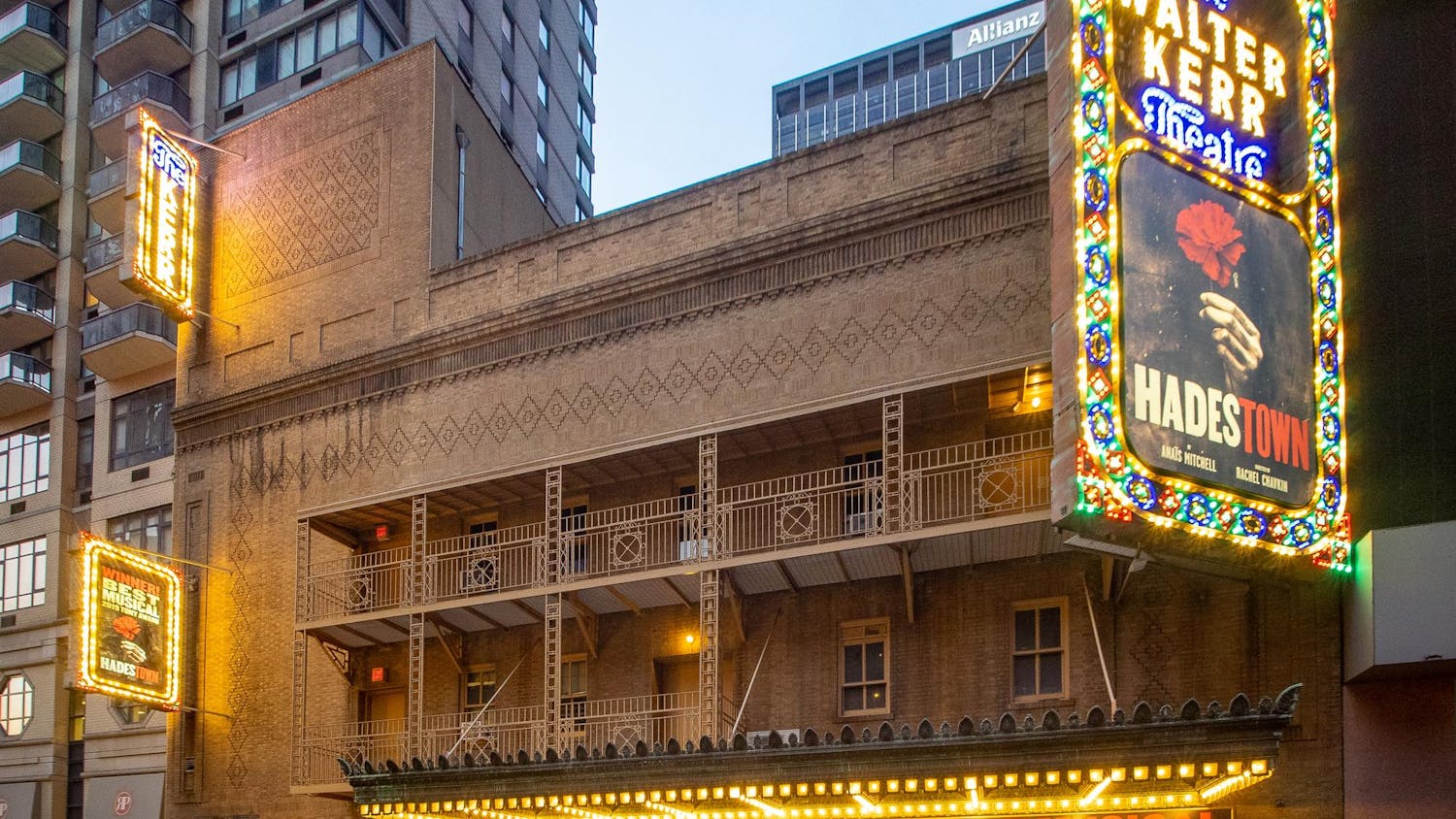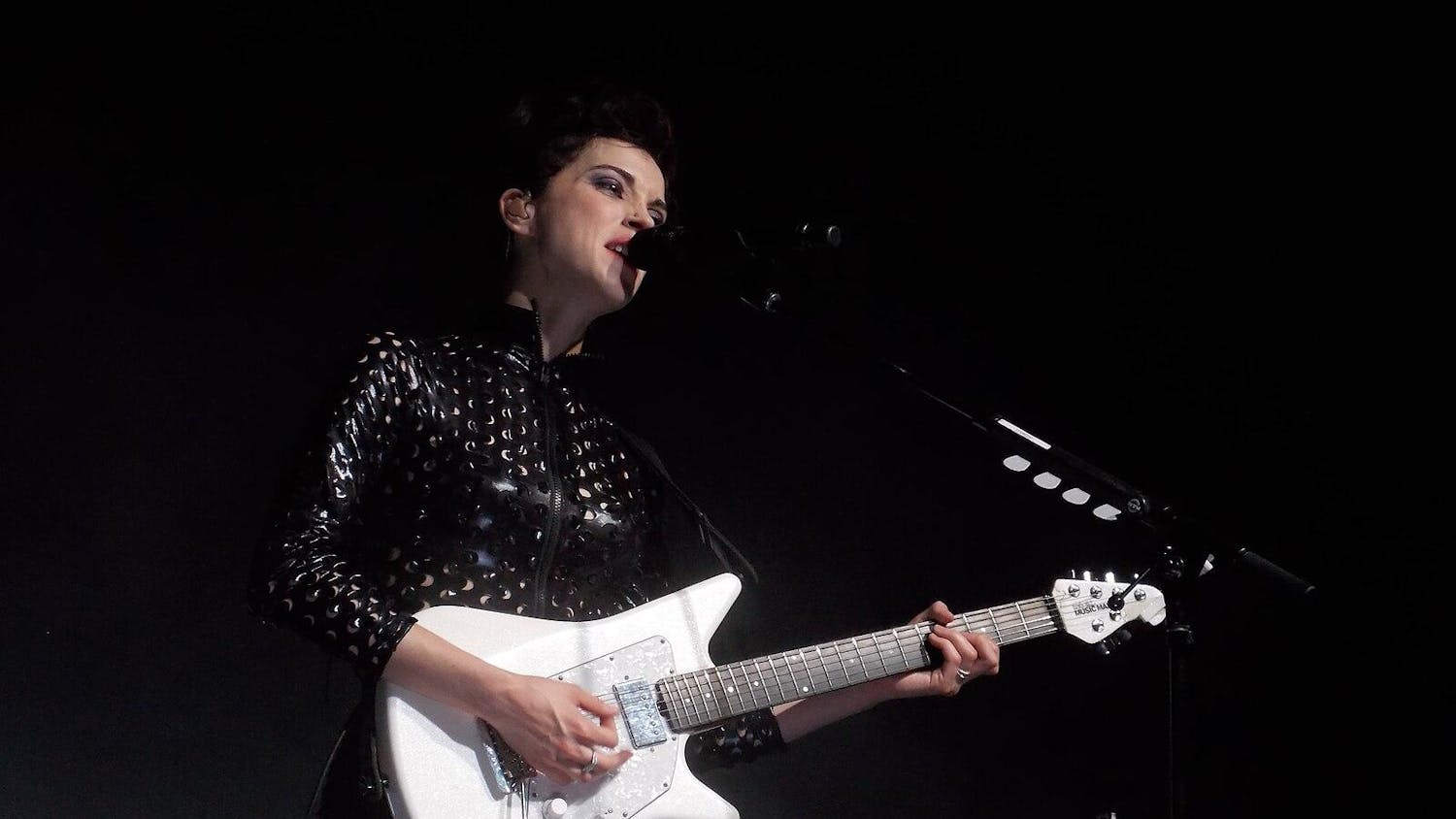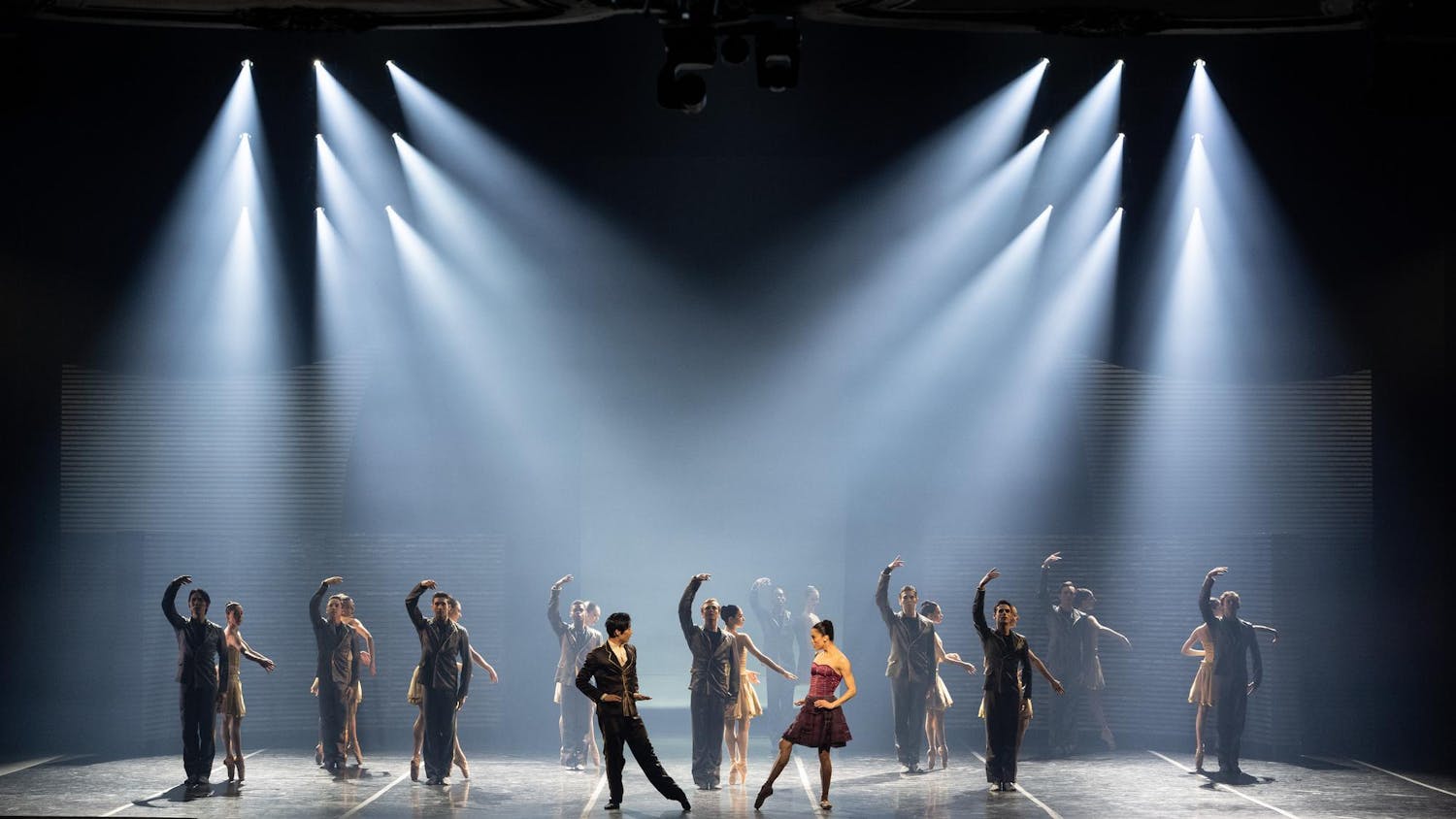Up until this point in history, what it means to be an art museum has essentially been straightforward and unchanging: Ornate buildings, sweeping galleries and large crowds tend to be consistently present across the board. Lovers of art museums expect these features and may be wary of museums that present themselves in a different light.
In today's technologically evolving society, however, certain adjustments can be made to bring art museums into the digital age, taking their visitors with them, be they young or old, local or international, art lovers or otherwise. Enter the Adobe Museum of Digital Media, adobemuseum.com.
Adobe, known for its software such as Photoshop and Flash, has recently expanded its repertoire into the display of digital artwork. The Adobe Museum serves as a gallery space for artists who may have difficulties implementing their work and ideas in the physical world or those for whom graphic design art is a new or existing interest.
The Adobe Museum is hardly just a website. It is a true space that happens to only exist in the digital world. Italian architect Filippo Innocenti, who works in the field of digital architecture, has designed a building for the museum that, were it to exist in the real world, would span 57,680 square meters.
To illustrate the colossal size that this building represents, the website's introductory video superimposes the building in many of the world's major cities, such as New York, San Francisco, Venice and Paris. The building has a widespread atrium serving as its base and consists of three intertwining towers that shoot skyward. The atrium is the virtual location of the current show in progress, while the towers will serve as a space where the museum's permanent collection and retired shows are displayed. A small flying robot serves as the guide to the museum and accompanies the visitor on the introductory tour.
The Adobe Museum functions exactly like a regular museum. Different artists showcase their work on a rotating basis, and curators work on each of the shows. The inaugural show is by renowned digital artist Tony Oursler, entitled "Valley." Tom Eccles, executive director of the Center for Curatorial Studies at Bard College, curated the show.
The exhibit itself is presented in a completely unprecedented fashion. The homepage has an icon to access the exhibit, and, once clicked, the icon leads the visitor to a screen where Oursler has drawn many different icons. Each icon is a different work to click on and view. Each work includes a unique graphic design, some moving and some static. Surrounding the image, bubbles with faces pop up periodically — a common trope in Oursler's oeuvre. Clicking on these faces enlarges them, and, once enlarged, they speak words of wisdom, some related to the theme of the work, others less so. An icon is available in the top right corner of the screen to click for an artist's comment on the work.
Tony Oursler is featured in an interview that is available from the main page of the website. He discusses his inspirations and his involvement with digital media in a discourse with the curator.
"I've really felt like I was born at the right time to play with technology because I think that … the moving image was kind of passed into the hands of the everyman," he says on the website. "Why did I do this? It's a complete challenge … How do you define the space? And it gives me a chance to define it for myself: how do we look at the Internet, what the possibilities are."
Such an interactive design for an art museum exhibit is both interesting and off−putting. There are few other places where artists can directly communicate with their audiences in such a way, and therefore, the setting might feel too intimate to be considered a real museum by aficionados of the physical entity. However, being able to have such contact with the mastermind behind the works could be the future of art museums. Adobe is taking the next step into the digital age, and before we know it, physical art museums could become a thing of the past.





